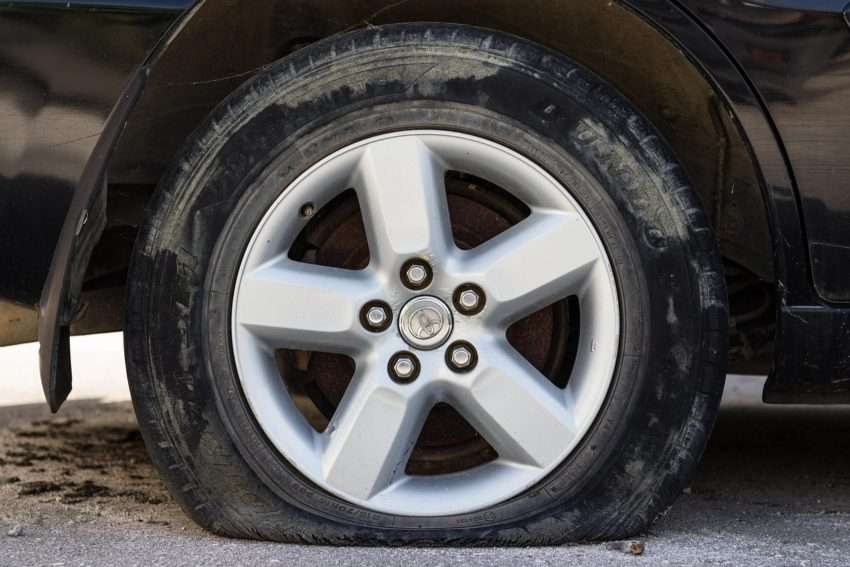
A new report from Therman Law Offices uncovers the hidden financial toll of America’s aging vehicles, revealing that drivers lose $44 billion every year due to preventable breakdowns, towing, and repairs. The findings paint a vivid picture of a nation where drivers are clinging to cars longer than ever, often at a steep mechanical and financial cost.
The analysis examined 286 million registered vehicles across the United States and found that the average car age has climbed to 12.6 years, the highest in recorded history. That means millions of vehicles now fall squarely into the “breakdown danger zone” ten years or older, where key systems are more likely to fail, and manufacturer warranties have long since expired.
A Nation on the Side of the Road
The study estimates that 69 million breakdowns occur annually, or roughly 189,000 every single day. From dead batteries and flat tires to overheated engines and failed alternators, these incidents create major inconvenience and significant financial strain.
Cars over 10 years old make up 44% of the national vehicle fleet, but they account for a striking 61% of all breakdowns, according to the weighted breakdown formula used in the report. “The numbers confirm what many drivers already sense: the older your vehicle gets, the less forgiving it becomes,” said a spokesperson for Therman Law Offices. “Mechanical wear, skipped maintenance, and unresolved recalls have combined to create a perfect storm on our roads.”
The Big Three Breakdown Causes
The study identifies three leading causes of mechanical failure:
-
Battery problems (30%) – Most car batteries last about five years, but those that sit idle or are used only for short trips can degrade faster.
-
Cooling system failures (11%) – Components like radiators, thermostats, and water pumps are critical yet often neglected. One telltale sign: coolant puddles under your car.
-
Tire issues – These contribute to roughly 82,000 crashes each year, with underinflation and worn treads as the main culprits.
“Maintenance isn’t glamorous,” the report explains, “but it’s the single best way to prevent a roadside crisis.”
Seasonal Struggles: Summer Meltdowns and Winter Woes
The summer months are the worst time of year for breakdowns, with AAA logging 8.3 million service calls between June and September. Extreme heat strains electrical systems, evaporates essential fluids, and pushes older engines past their limits.
Winter comes in a close second with 8.1 million calls, as frigid temperatures sap battery life and thicken motor oil, especially in cars that already struggle to start. Even the transitional seasons aren’t immune: 7.8 million breakdowns in fall and 7.7 million in spring underscore that car trouble is a year-round reality.
Industry data from Agero backs this up, showing that the third quarter (July through September) accounts for 27% of all annual roadside breakdowns, while the first quarter (January through March) accounts for the fewest at 23%. These figures confirm a clear pattern: as travel spikes, so do breakdowns.
The Hidden Threat of Vehicle Recalls
Mechanical wear isn’t the only reason drivers find themselves stranded. In 2023, the National Highway Traffic Safety Administration (NHTSA) recorded more than 1,000 vehicle recalls, impacting over 32 million cars. Yet nearly one in four recalled vehicles remains unrepaired, leaving millions of motorists exposed to hidden dangers, braking failures, steering loss, or engine stalls that can happen without warning.
Ford led the list with 58 recalls (16% of the national total), followed by Chrysler at 45 recalls (13%), and BMW and Mercedes-Benz close behind. Together, Ford and Chrysler alone were responsible for almost 30% of all recalls, showing that even major automakers struggle to contain reliability problems.
Drivers Skipping Maintenance at Record Rates
One of the study’s most concerning findings is behavioral, not mechanical. A 2022 AAA survey revealed that 35% of U.S. drivers admit to postponing or skipping recommended maintenance. Budget pressures, time constraints, and the mistaken belief that “it can wait” are the most common excuses. Unfortunately, those decisions often lead to far costlier repairs or a stranded vehicle miles from home.
“Drivers underestimate how quickly small problems can spiral,” says Therman Law Offices. “Ignoring a weak battery or a slow coolant leak can turn a $100 fix into a $1,000 tow and repair.”
A Call for Awareness and Action
While some breakdowns are inevitable, many can be prevented through proactive maintenance and timely recall repairs. Drivers are urged to schedule regular inspections, replace batteries every five years, check tire pressure monthly, and never ignore dashboard warning lights.
“Every driver deserves to feel confident that their car won’t fail them,” the firm concludes. “And every manufacturer has a duty to ensure that safety recalls are taken seriously. Until both happen consistently, the $44-billion breakdown problem will keep growing.”